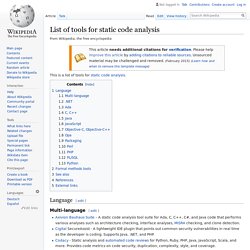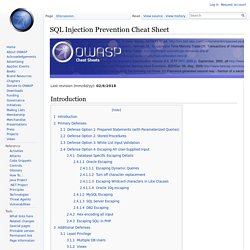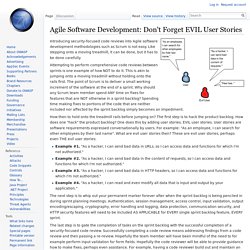

WS-Security. Features[edit] WS-Security describes three main mechanisms: How to sign SOAP messages to assure integrity.

Signed messages also provide non-repudiation.How to encrypt SOAP messages to assure confidentiality.How to attach security tokens to ascertain the sender's identity. The specification allows a variety of signature formats, encryption algorithms and multiple trust domains, and is open to various security token models, such as: X.509 certificates,Kerberos tickets,UserID/Password credentials,SAML Assertions, andcustom-defined tokens. The token formats and semantics are defined in the associated profile documents. WS-Security incorporates security features in the header of a SOAP message, working in the application layer. These mechanisms by themselves do not provide a complete security solution for Web services. Key management, trust bootstrapping, federation and agreement on the technical details (ciphers, formats, algorithms) is outside the scope of WS-Security.
Use cases[edit] List of tools for static code analysis. This is a list of tools for static code analysis.

Language[edit] Multi-language[edit] .NET[edit] JavaScript[edit] Google's Closure Compiler – JavaScript optimizer that rewrites code to be faster and smaller, and checks use of native JavaScript functions.JSHint – A community driven fork of JSLint.JSLint – JavaScript syntax checker and validator. Objective-C, Objective-C++[edit] Clang – The free Clang project includes a static analyzer.
Opa[edit] Packaging[edit] Lintian – Checks Debian software packages for common inconsistencies and errors.Rpmlint – Checks for common problems in rpm packages. Secure Coding Principles. Development Guide Table of Contents Architects and solution providers need guidance to produce secure applications by design, and they can do this by not only implementing the basic controls documented in the main text, but also referring back to the underlying “Why?”
In these principles. Security principles such as confidentiality, integrity, and availability – although important, broad, and vague – do not change. Your application will be the more robust the more you apply them. For example, it is a fine thing when implementing data validation to include a centralized validation routine for all form input. In the last year or so, there has been a significant push to standardize terminology and taxonomy. Asset classification Selection of controls is only possible after classifying the data to be protected. About attackers Notice there is no entry for the term “hacker.” Core pillars of information security Information security has relied upon the following pillars: SQL Injection Prevention Cheat Sheet. Last revision (mm/dd/yy): 02/6/2018 This article is focused on providing clear, simple, actionable guidance for preventing SQL Injection flaws in your applications.

SQL Injection attacks are unfortunately very common, and this is due to two factors: the significant prevalence of SQL Injection vulnerabilities, and the attractiveness of the target (i.e., the database typically contains all the interesting/critical data for your application). It’s somewhat shameful that there are so many successful SQL Injection attacks occurring, because it is EXTREMELY simple to avoid SQL Injection vulnerabilities in your code. SQL Injection flaws are introduced when software developers create dynamic database queries that include user supplied input.
This article provides a set of simple techniques for preventing SQL Injection vulnerabilities by avoiding these two problems. Primary Defenses: Additional Defenses: Unsafe Example SQL injection flaws typically look like this: Language specific recommendations: OWASP Enterprise Security API. Agile Software Development: Don't Forget EVIL User Stories. Introducing security-focused code reviews into Agile software development methodologies such as Scrum is not easy.

Like stepping onto a moving treadmill, it can be done, but it has to be done carefully. Attempting to perform comprehensive code reviews between sprints is one example of how NOT to do it. This is akin to jumping onto a moving treadmill without holding onto the rails first. The point of Scrum is to deliver a small working increment of the software at the end of a sprint. Why should any Scrum team member spend ANY time on fixes for features that are NOT otherwise in a sprint backlog? How then to hold onto the treadmill rails before jumping on? Example #1. The next step is to whip out your permanent marker forever after when the sprint backlog is being penciled in during sprint planning meetings.
The last step is to gate the completion of tasks on the sprint backlog with the successful completion of a security-focused code review.